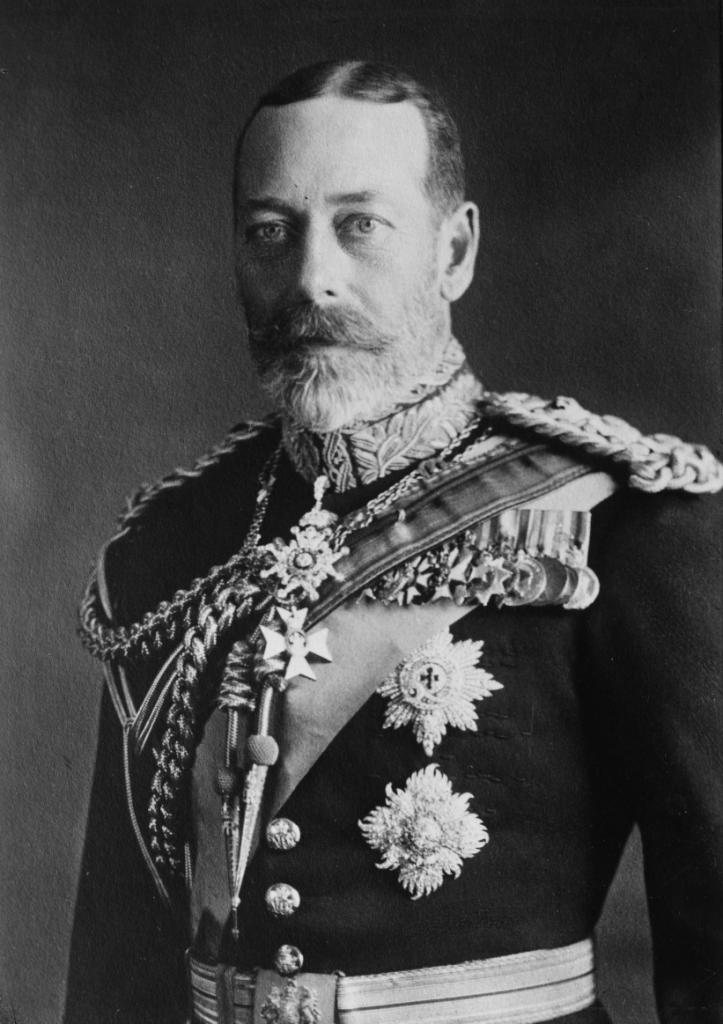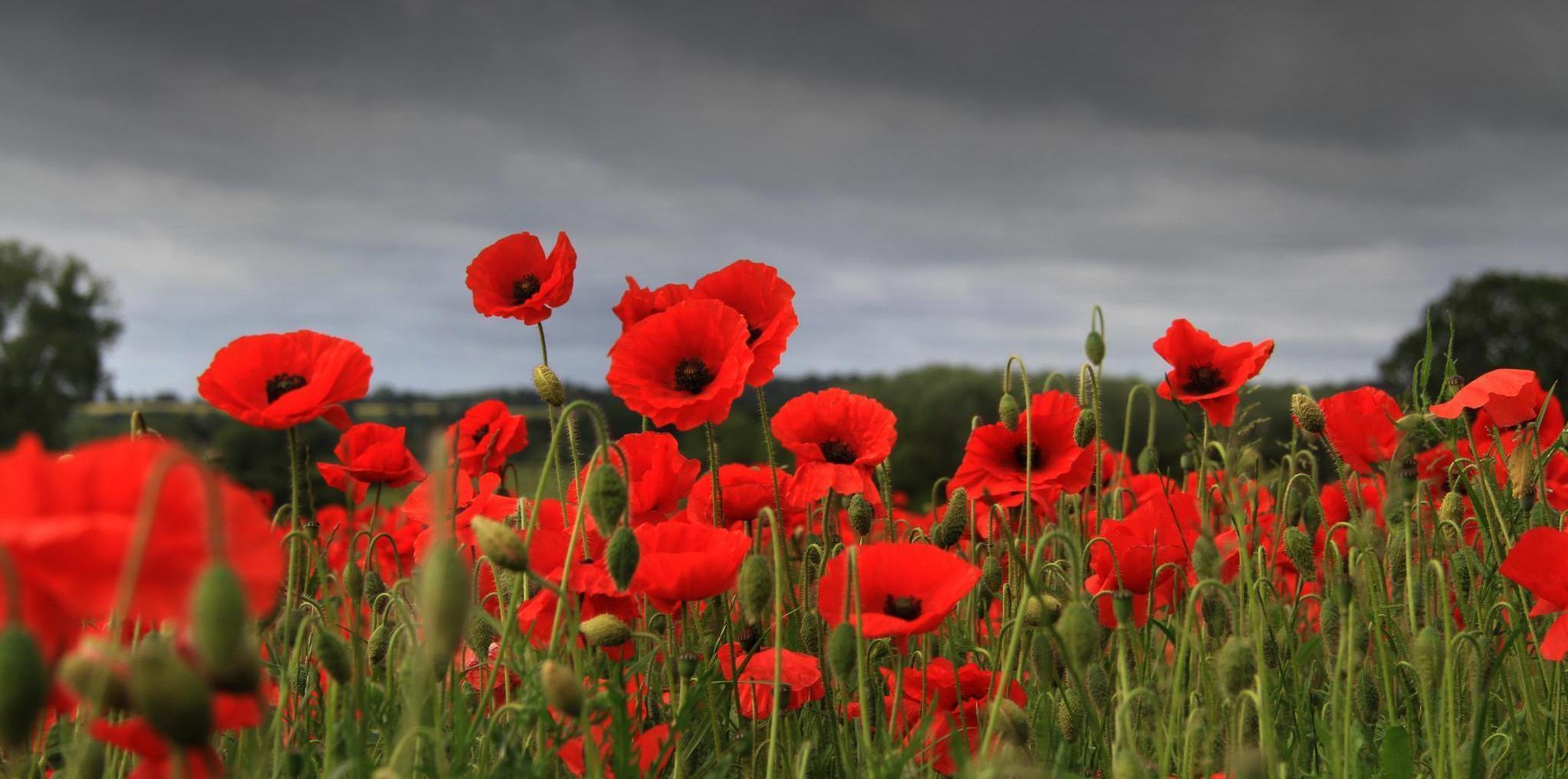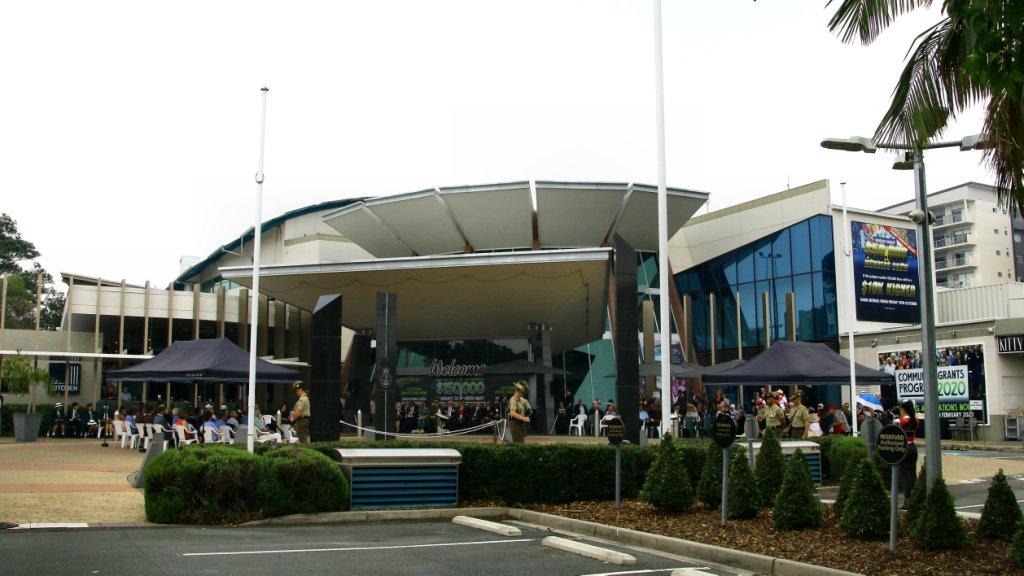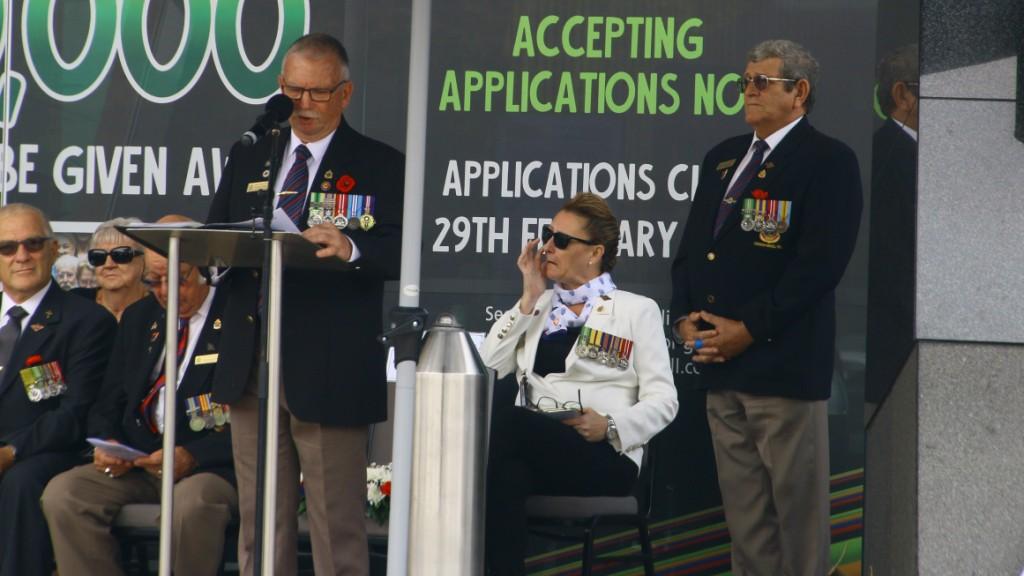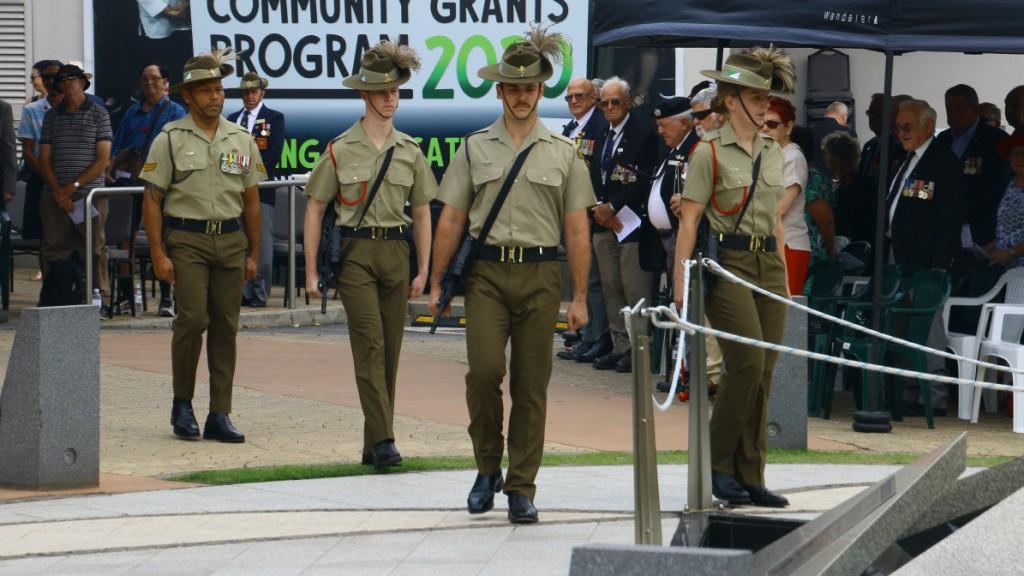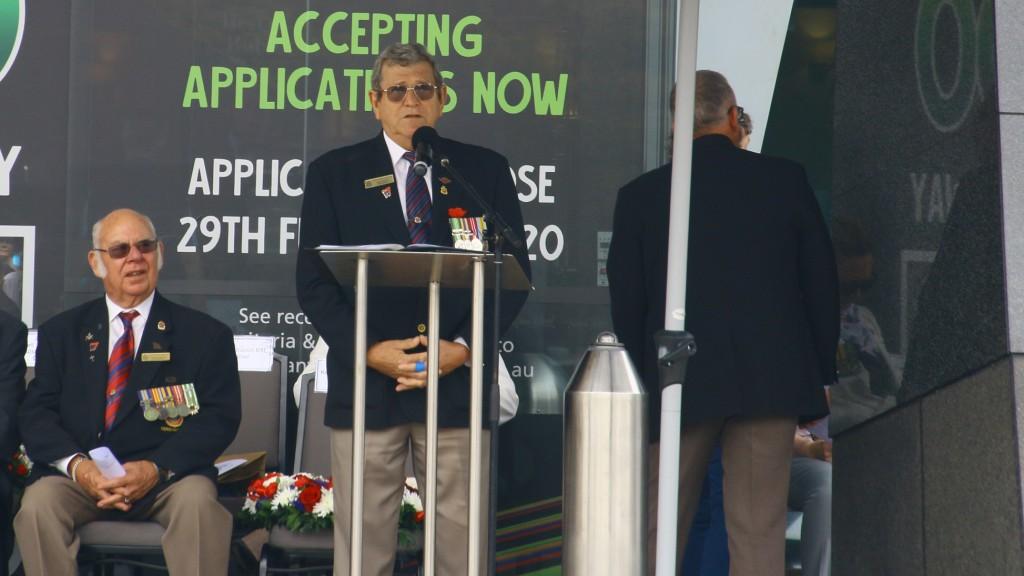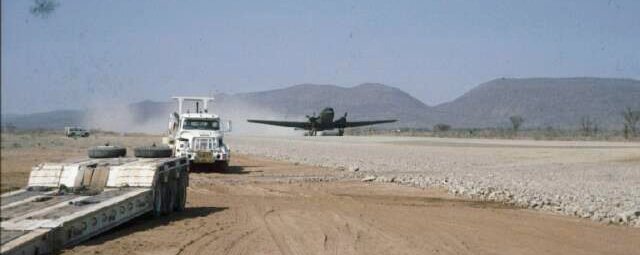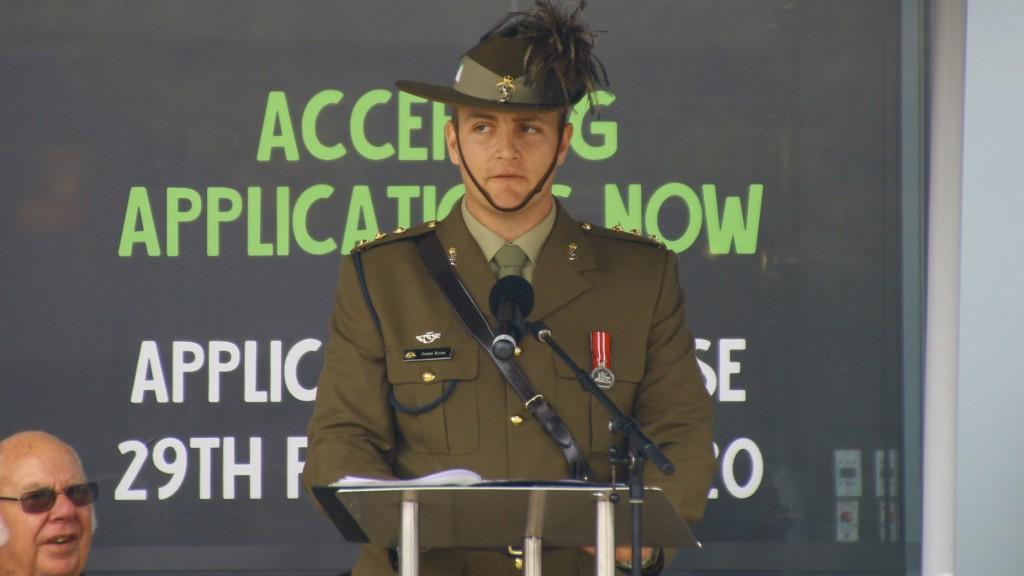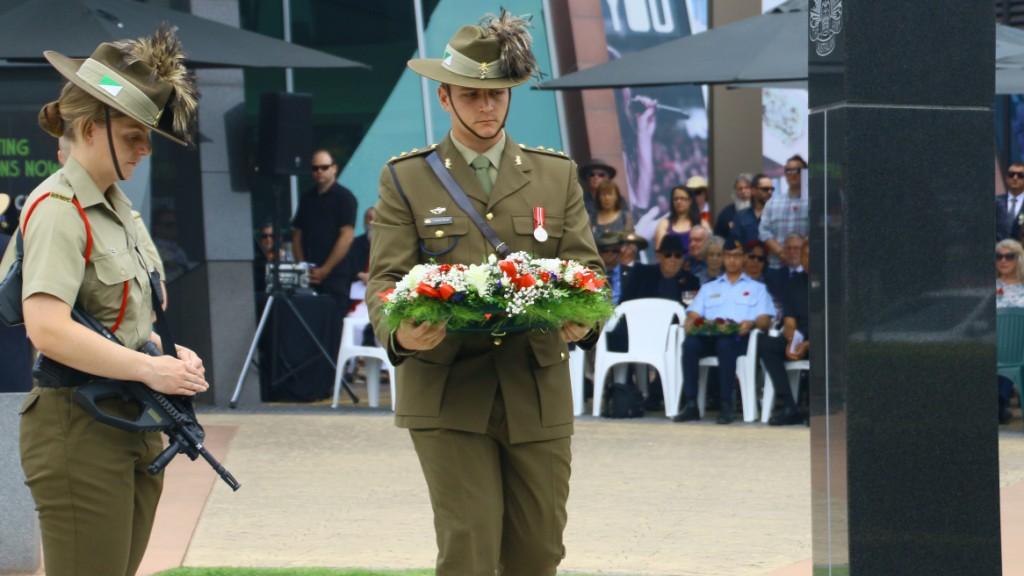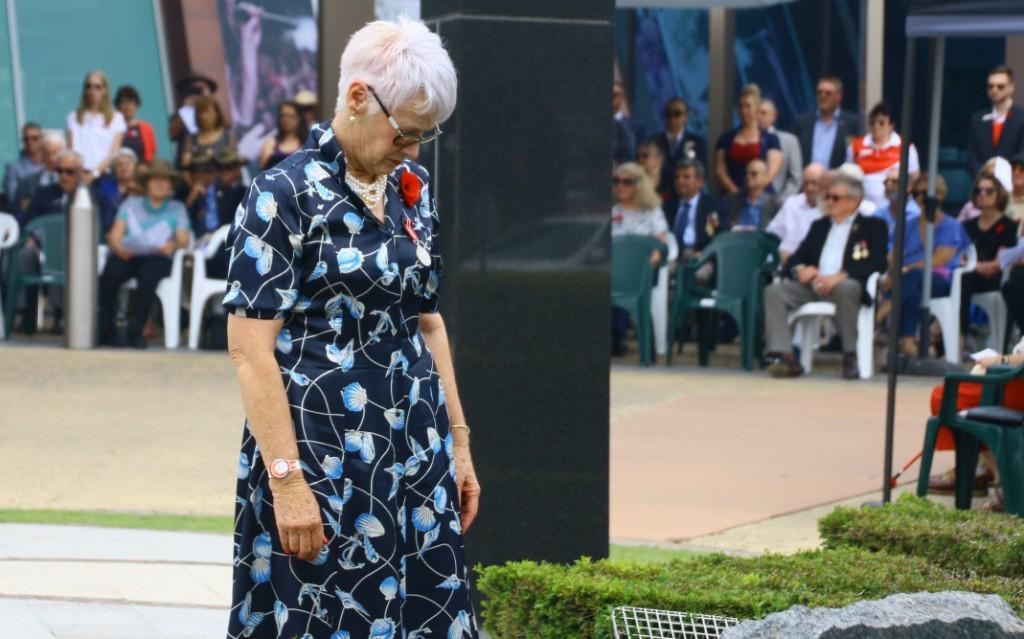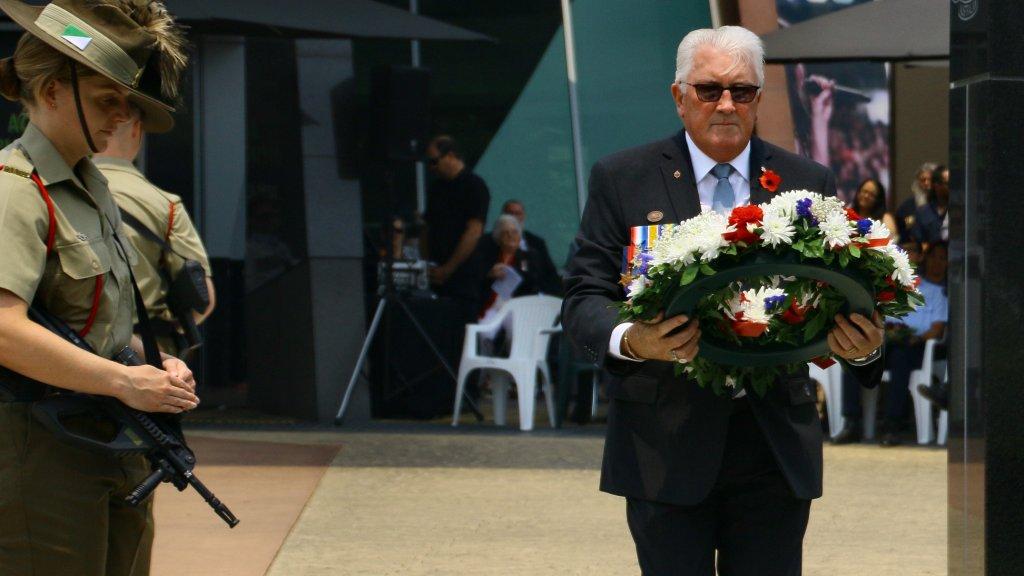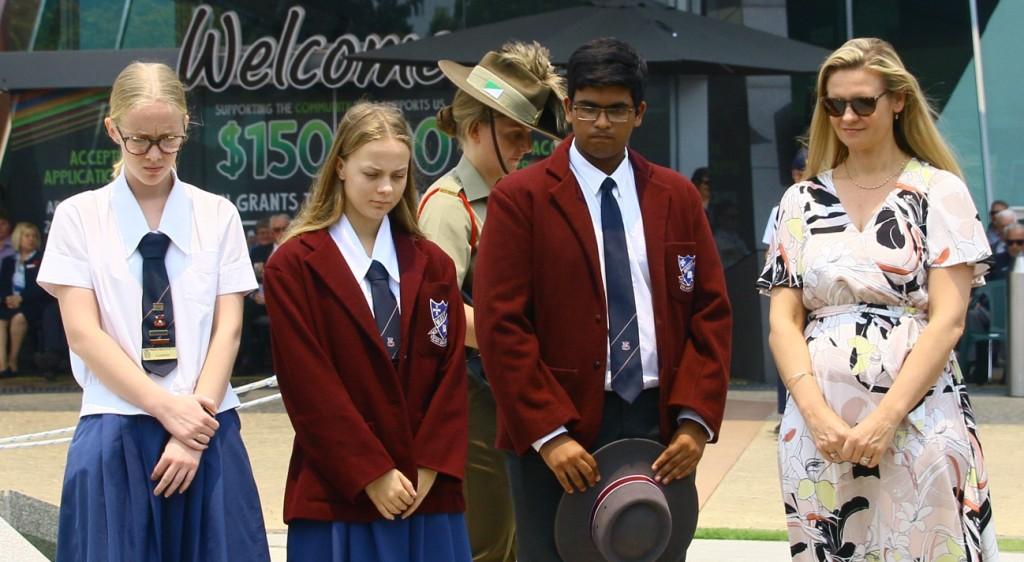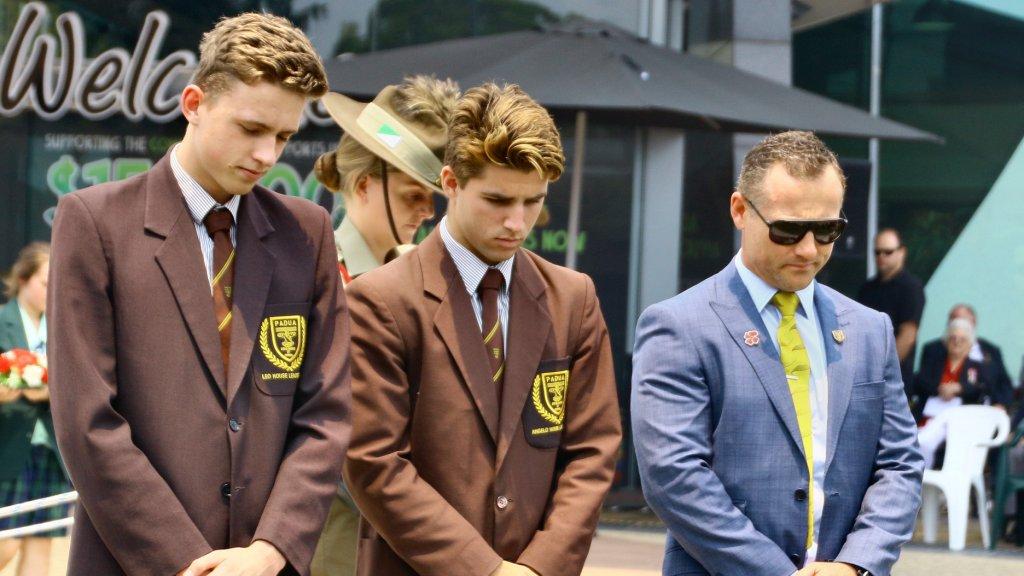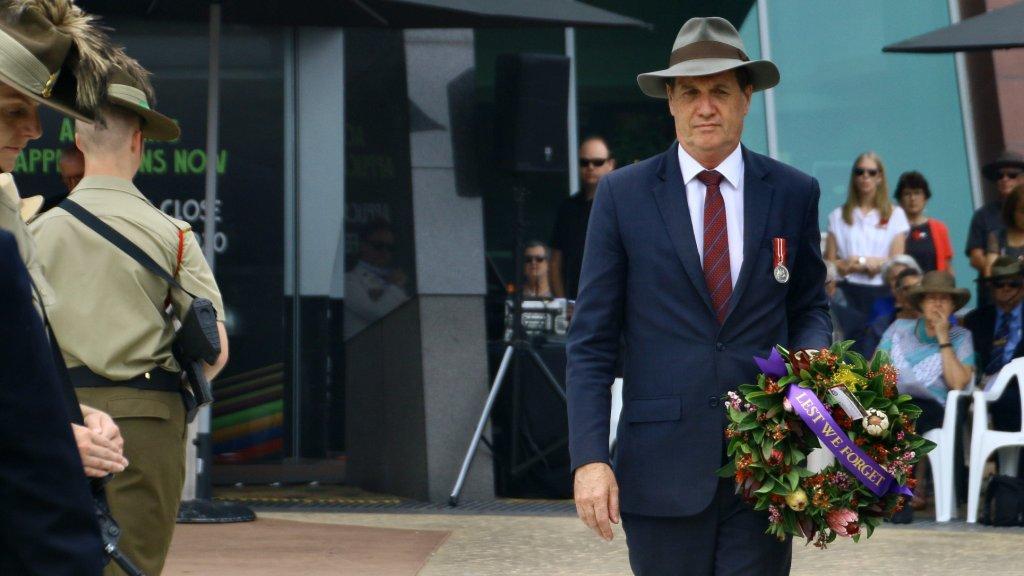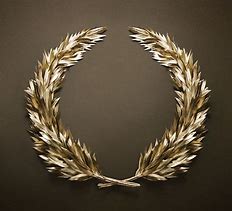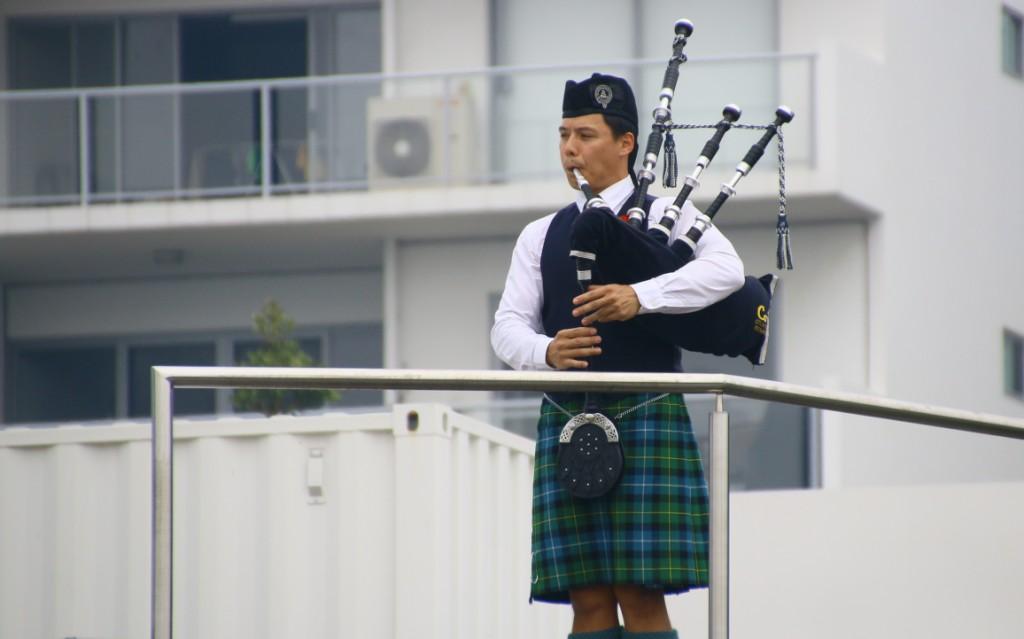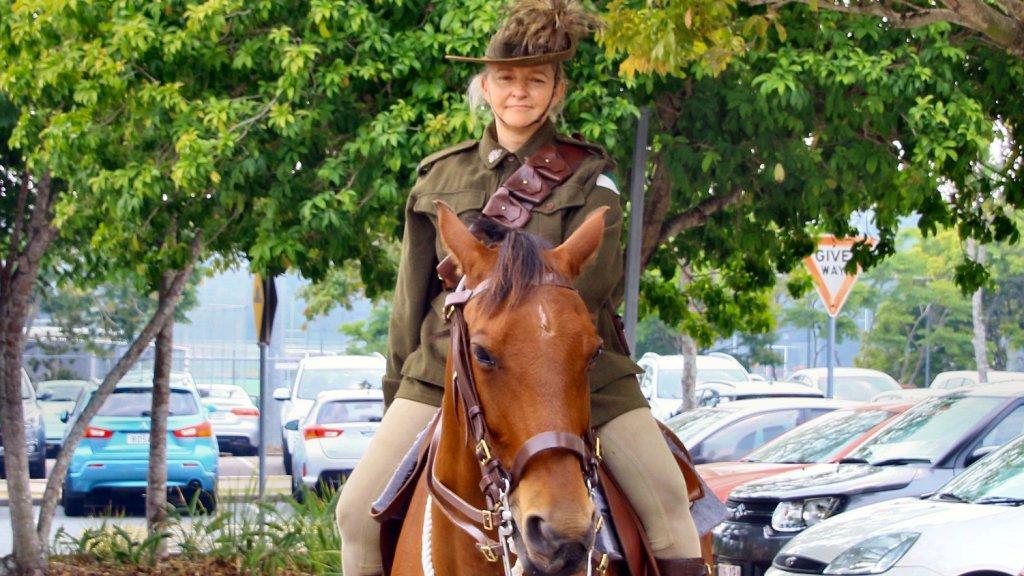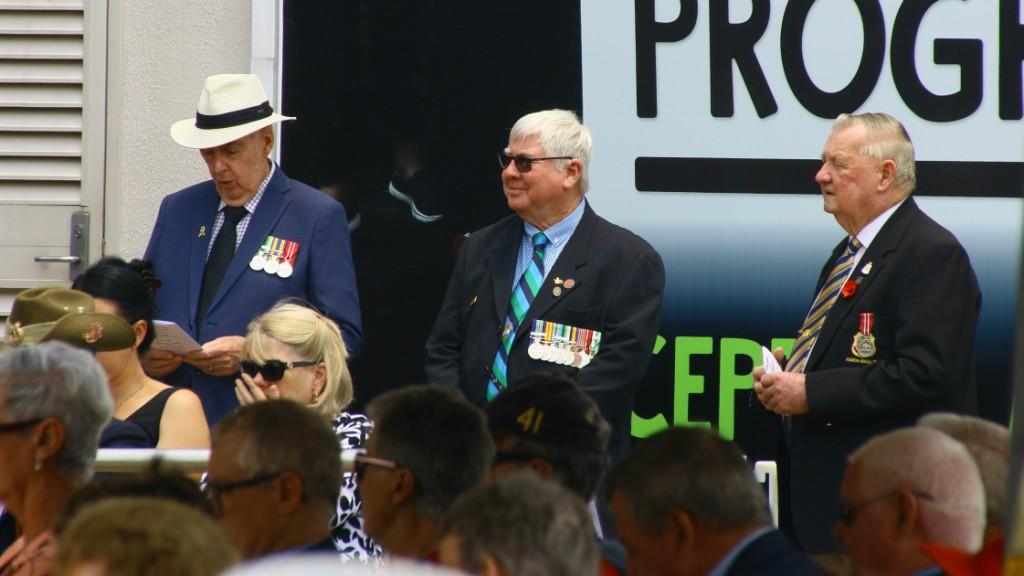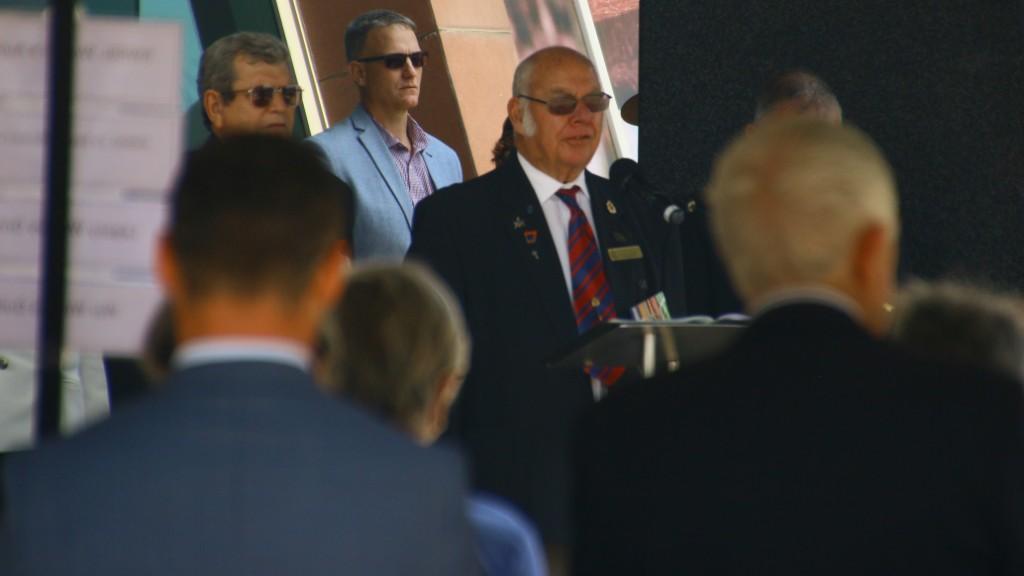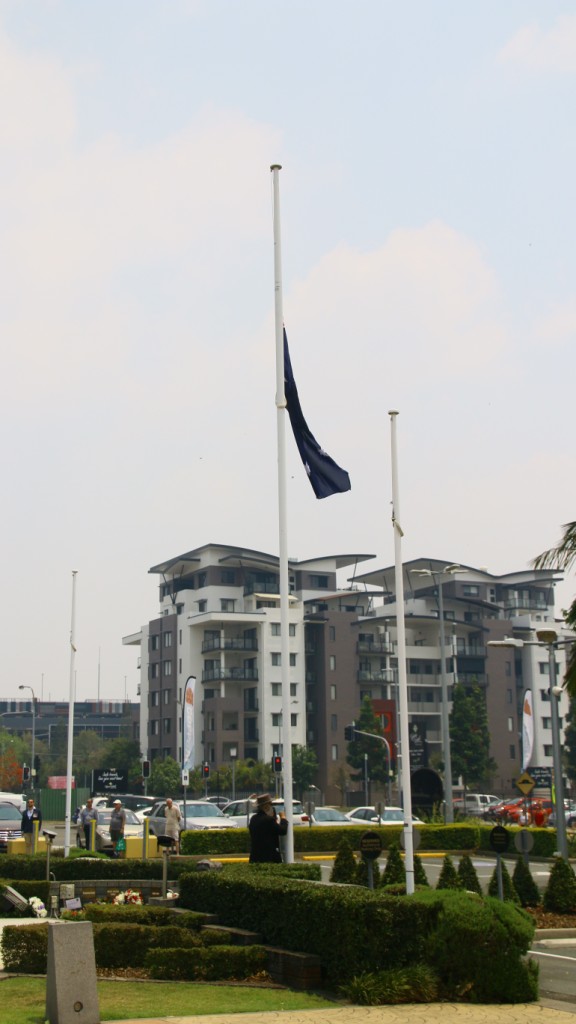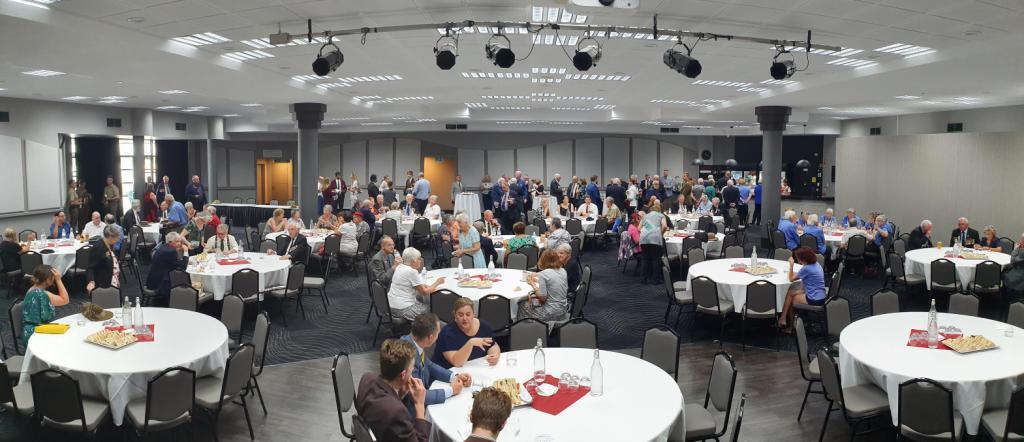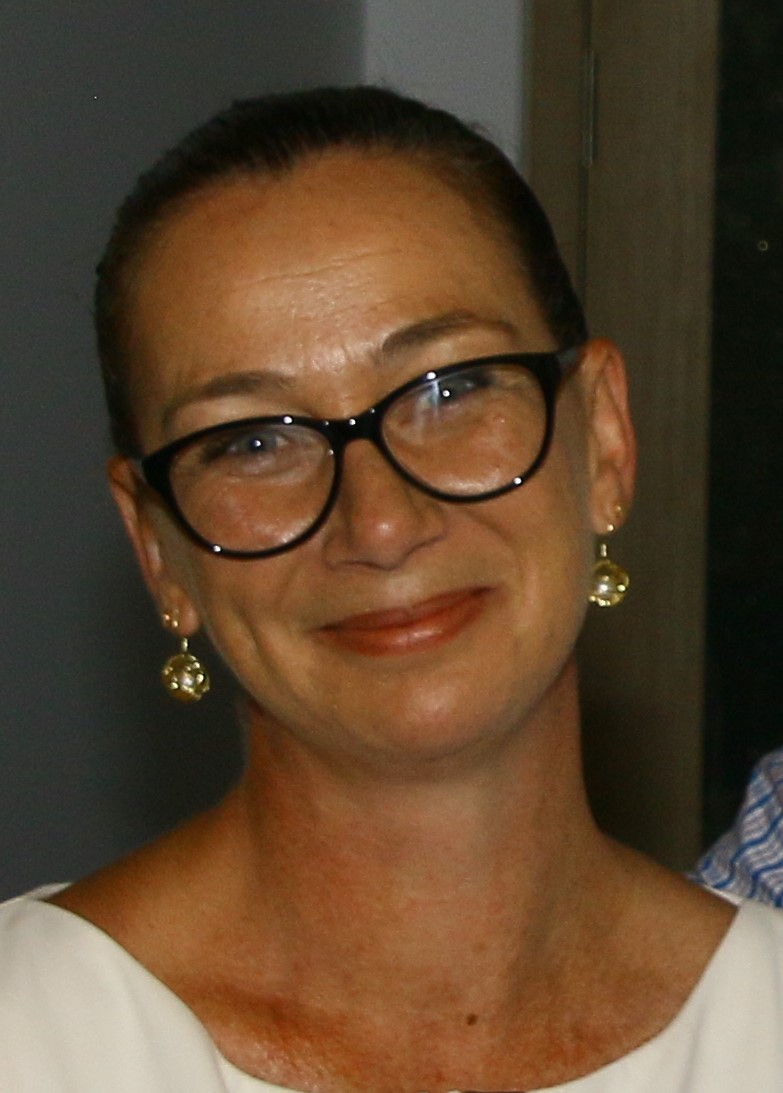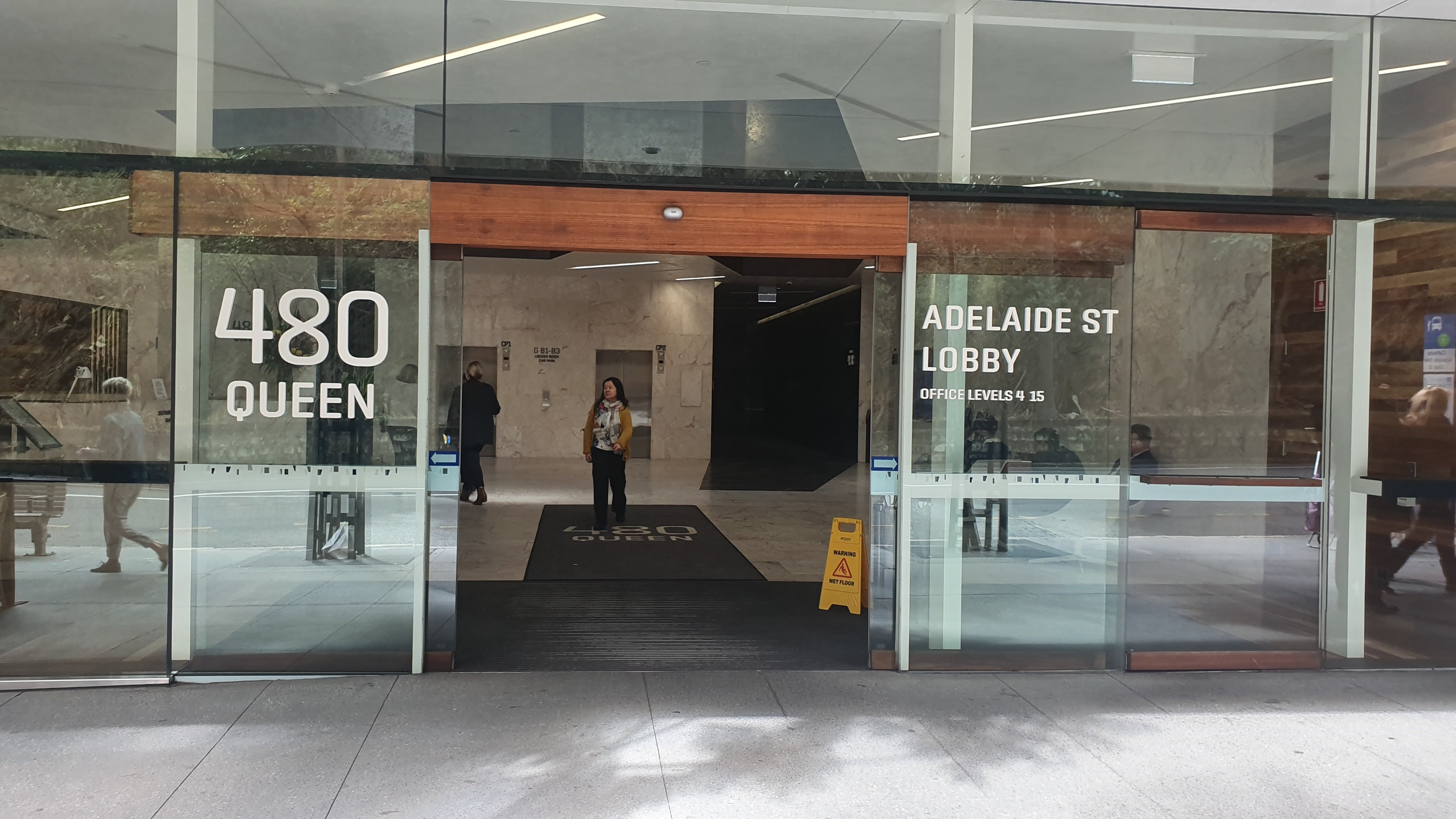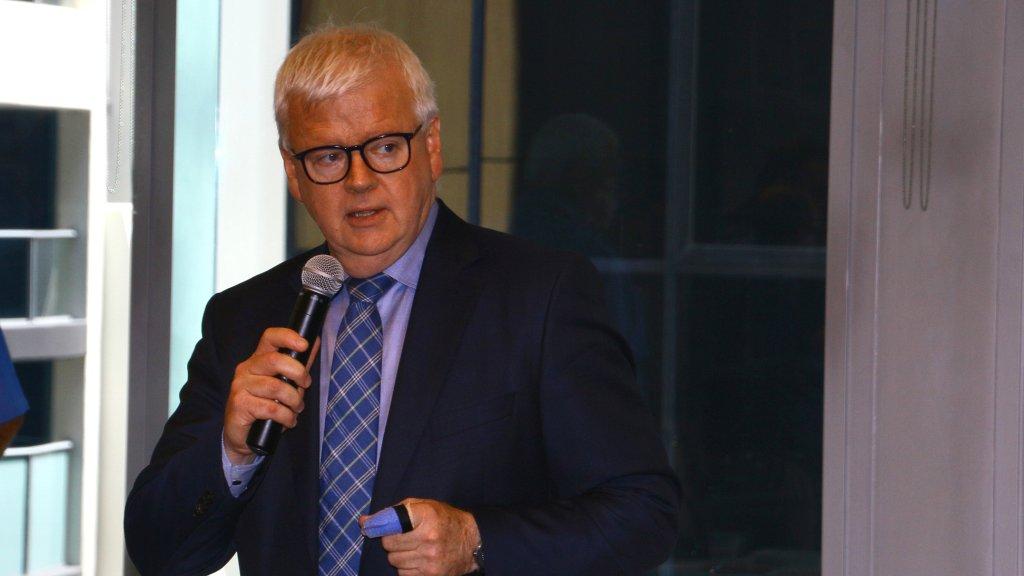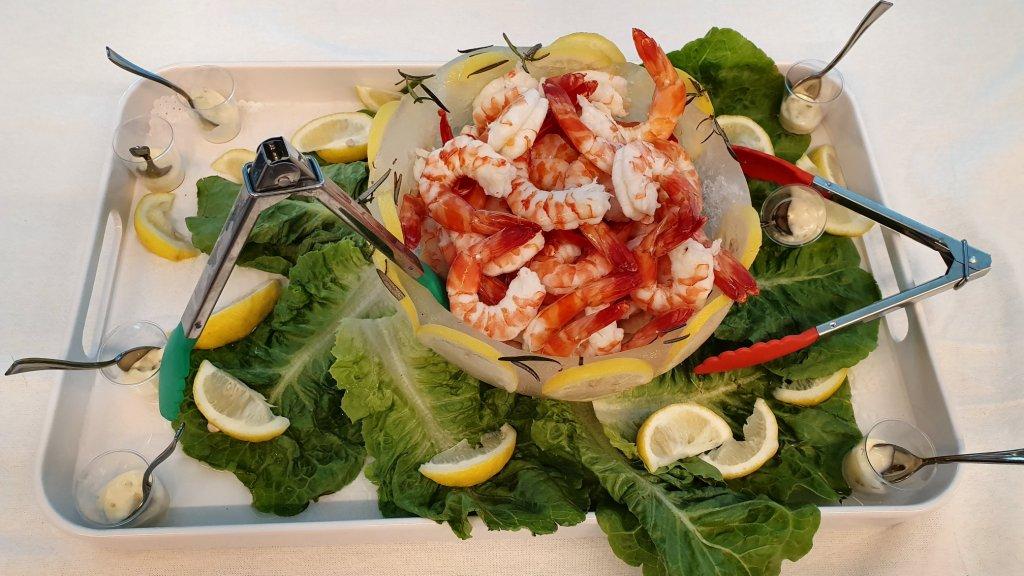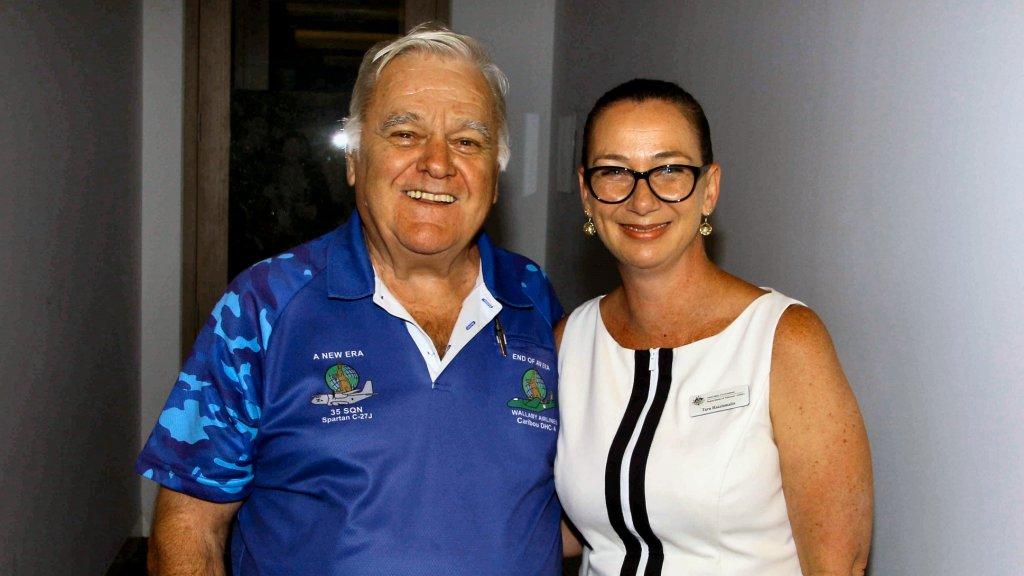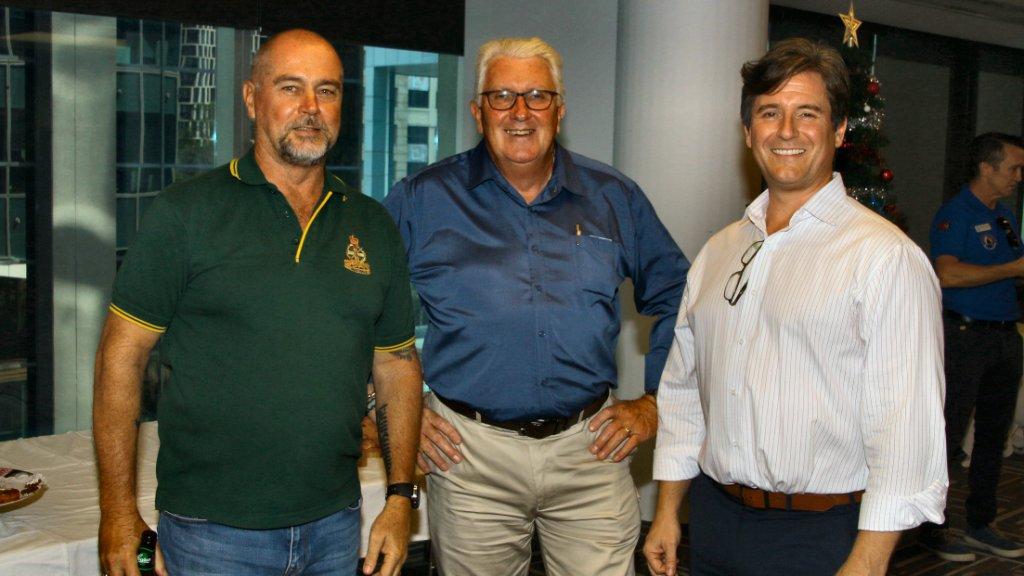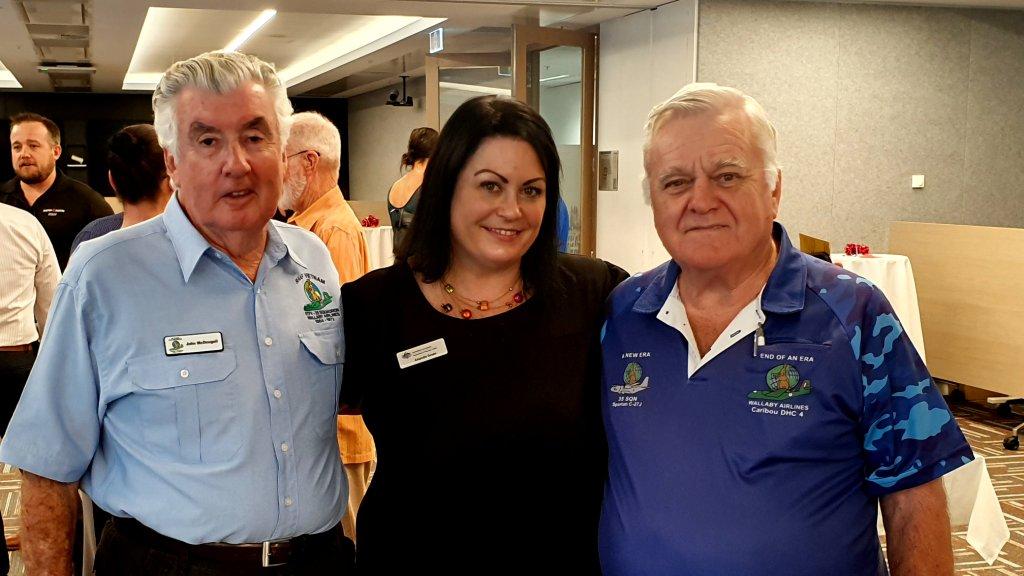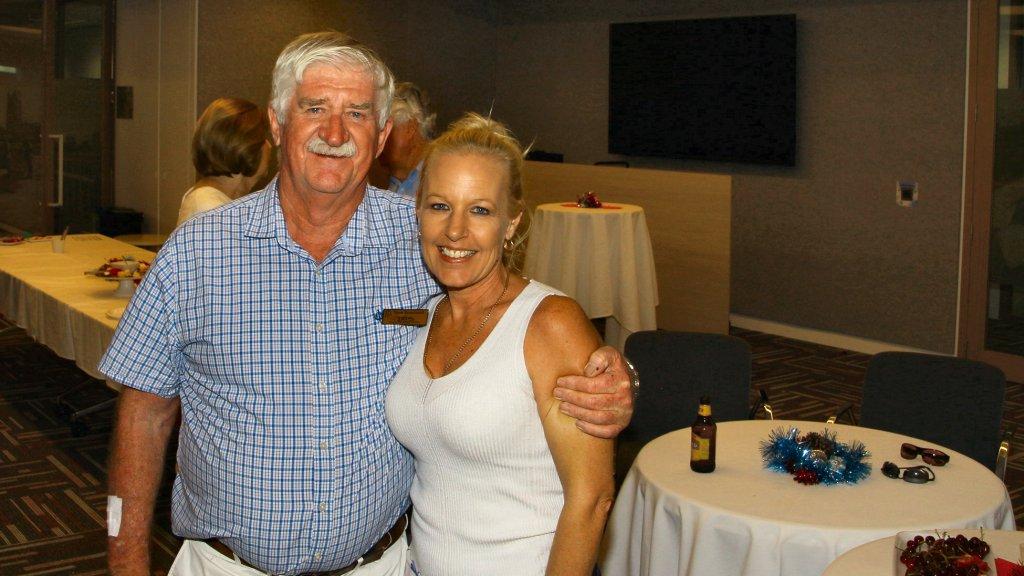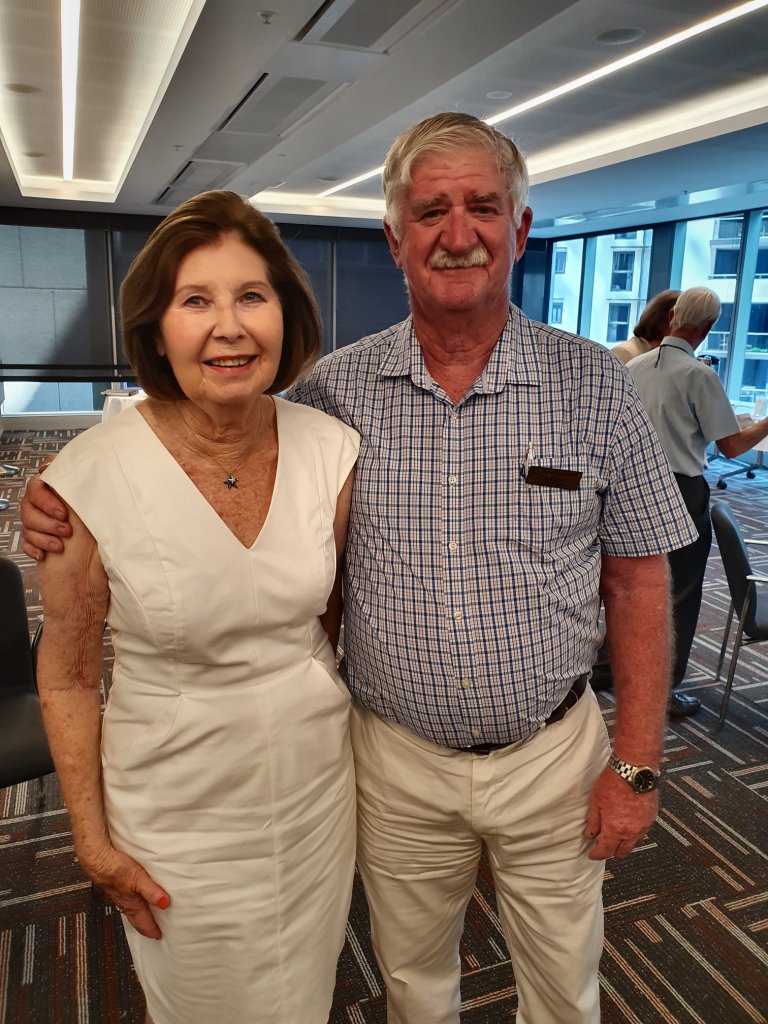|
|
||||||||||||||||||||||||||||||||||||||||||||||
|
||||||||||||||||||||||||||||||||||||||||||||||
|
Privacy Policy | Editorial Policy | Profit Policy | Join the Association | List of Members | Contact us | Index | Links |
||||||||||||||||||||||||||||||||||||||||||||||
|
Back Go to page: 1 2 3 4 5 6 7 8 9 10 11 12 13 14 15 16 17 18 19 20 Forward
|
||||||||||||||||||||||||||||||||||||||||||||||
|
Contents:
DVA Qld Christmas get together. The origin of:
|
||||||||||||||||||||||||||||||||||||||||||||||
|
|
||||||||||||||||||||||||||||||||||||||||||||||
|
The other day I was at the gym toning my magnificent body and getting ready
for the Christmas holidays. As everyone knows, I am possibly the most humble
and unpretentious person going around and as I would normally, I was at the
back of the gym, working away steadily on machines and trying no
Before leaving home and heading for the gym, I usually spend 40 – 50 minutes applying a masking lotion of 50% Californian Poppy and 50% Brylcreem in order to hide the Radtechitis that would normally flow freely from my person. Without this mask I would be unable to mix with other lesser persons as they would be instantly attracted to my person. It would be bedlam.
This day I was running late, I had spent the previous 48 hours without sleep attending to lost dogs and I was only able to spend 25 minutes applying the mask. Unfortunately, it was not enough.
The lovely Kirsty Cleal, who lives a mere 20 miles from the gym, was, at the time, sneaking around K-Mart’s car park, pinching hub-caps, when she got a whiff of Radtechitis that had escaped from my body. Instinct immediately took over, all conscious thought was banished from her body and she just had to have some of that magic allure. Dumping the hub-caps in a pile, she slipped on the Dunlop Volleys she had stashed away in her Gladstone Bag, ran into the street and flagged down a Red and Blue taxi which gave her a lift to within 3 miles of the gym. It was then left right, left right, down the centre of the road, at full tilt, until she got to the gym, then finding me at the rear, not able to help herself, she draped herself upon my person soaking up Radtechitis. I allowed this to continue for 56 minutes then I was forced to extricate myself.
Such is the burden a Radtech must endure.
Kirsty is a Queensland Police Officer and works with the Brisbane City branch of the Child Protection Investigation Unit (CPIU). She says she really enjoys helping little kids and has been doing it now for 2½ years. Prior to CPIU she worked out of the Police Beat in Fortitude Valley and prior to that up at Weipa as a police officer. She is a very active and fit young lady who enjoys her time at the gym and being outdoors, especially with a fishing rod in her hands.
Isn't it a shame we need people like Kirsty, that there are people in our society who wilfully harm children. Terribly sad!
|
||||||||||||||||||||||||||||||||||||||||||||||
|
Therapist: Your wife says you never buy her flowers, is that true? Him: To be honest I never knew she sold flowers.
|
||||||||||||||||||||||||||||||||||||||||||||||
|
|
||||||||||||||||||||||||||||||||||||||||||||||
|
A lot of the pics below have been crunched to allow the page to open quickly. You can get the HD version by clicking each pic.
|
||||||||||||||||||||||||||||||||||||||||||||||
|
101 years ago, at 11.00am on the 11th day of the 11th month, 1918, hostilities finally ended after the world had, for the previous 4 years, been killing each other in huge numbers. This was to be called “the war to end all wars”. At 5am on 11 November 1918, three German government representatives accepted the Armistice terms presented to them by an allied commander, General Foch of the French Army. The demands of the Armistice included the withdrawal of German forces to the east bank of the Rhine within 30 days; immediate cessation of warfare and surrender of the German fleet and all heavy guns. The armistice became effective at 11am the same day and as the guns fell silent on the Western Front in France and Belgium, four years of hostilities ended. Although the senseless killing stopped at that time, the war was not officially ended until the signing of the Treaty of Versailles on the 28 June 1919.
After King George V was crowned king of the Commonwealth in 1919, the hour and the day was set aside to remember all those who had fallen during that terrible conflict. The King hosted a "Banquet in Honour of the President of the French Republic" during the evening hours of 10 November 1919 and the first official Armistice Day was subsequently held on the grounds of Buckingham Palace the following morning.
An Australian journalist, who was working in the UK at the time, proposed that 2 minute’s silence should be observed at 11.00am as a mark of respect to those who had given their lives. The King endorsed the idea and requested all the people of the British Empire suspend normal activities for two minutes on the hour of the armistice. The two minutes' silence was popularly adopted and became a central feature of commemorations on Armistice Day.
In Australia on the 75th anniversary of the armistice in 1993 Remembrance Day ceremonies again became the focus of national attention. The remains of an unknown Australian soldier, exhumed from a First World War military cemetery in France, were ceremonially entombed in the Australian War Memorial's Hall of Memory. Four years later, in 1997, Governor-General Sir William Deane issued a proclamation formally declaring 11 November to be Remembrance Day, urging all Australians to observe one minute's silence at 11 am on 11 November each year to remember those who died or suffered for Australia's cause in all wars and armed conflicts. The US changed their commemorative day to Veterans day.
In Australia, Remembrance Day is now always observed on the 11th November, regardless of the day of the week and is not a public holiday. Services are held at 11 am at war memorials, Clubs, shopping centres, businesses and schools in suburbs and cities across the country. At some places the "Last Post" is sounded by a bugler and the one-minute silence is observed.
Red poppies are often worn on Remembrance Day. The tradition has its origins in a poem written in 1915 by Lieutenant Colonel John McCrae, a doctor in the Royal Canadian Medical Corps. Lieutenant Colonel McCrae noticed that, despite the devastation caused by the war to towns, farms and forests, thousands of small red poppies began growing everywhere in Spring.
This inspired his poem, In Flanders Fields:
|
||||||||||||||||||||||||||||||||||||||||||||||
|
In Flanders fields the poppies blow Between the crosses, row on row That mark our place; and in the sky The larks, still bravely singing, fly Scarce heard amid the guns below.
We are the dead. Short days ago We lived, felt dawn, saw sunset glow, Loved and were loved, and now we lie In Flanders fields.
Take up our quarrel with the foe; To you, from failing hands, we throw The torch; be yours to hold it high. If ye break faith with us who die We shall not sleep, though poppies grow In Flanders fields.
|
||||||||||||||||||||||||||||||||||||||||||||||
|
The poem was first published in England’s Punch magazine in December 1915 and within months came to symbolize the sacrifices of all who were fighting in World War 1.
|
||||||||||||||||||||||||||||||||||||||||||||||
|
|
||||||||||||||||||||||||||||||||||||||||||||||
|
In 1918 Moina Michael, an American, wrote a poem in reply, We Shall Keep the Faith, in which she promised to wear a poppy 'in honour of our dead' and so began the tradition of wearing a poppy in remembrance. Poppies were first sold in England on Armistice Day in 1921 by members of the British Legion to raise money for those who had been incapacitated by the war. The practice began in Australia the same year, promoted by the Returned Sailors' Soldiers' Airmen Imperial League of Australia (the RSSAILA) now known as the Returned and Services League of Australia, or RSL.
In the lead-up to the 11th November each year, the RSL sells red poppies for Australians to pin on their lapels, with proceeds helping the organisation undertake welfare work. Since 1921 wearing a poppy has enabled Australians to show they have not forgotten the more than many thousand Australian servicemen and women who have given their lives in wars and conflicts during the past 100 years.
This year (2019) the Kedron Wavell Sub-Branch of the RSL held a well-attended commemorative service at the Kedron Wavell Services Club (Brisbane). It was wonderful to see the large number of young people attending.
|
||||||||||||||||||||||||||||||||||||||||||||||
|
MC for the morning was Barry Kyrwood, the Sub-Branch’s Ceremonial Officer.
|
||||||||||||||||||||||||||||||||||||||||||||||
|
Barry is from Perth and joined the Army in 1977. He spent all his Army time in the Artillery division rising through the ranks to be discharged from the Permanent Army as a Warrant Officer Class 1. He now serves as a WO1 in the Army Reserve at Gallipoli Barracks, Brisbane.
His overseas operational postings include Butterworth 1981, Malaysia and Cambodia 1997, Solomon Islands, 2000, Sudan 2005 and the Philippines 2013. Non-operational overseas postings include England, PNG, New Zealand and Hawaii.
The Catafalque Party was marched on.
|
||||||||||||||||||||||||||||||||||||||||||||||
|
A catafalque is a raised structure supporting a stand that usually holds a coffin to allow mourners to file past and pay their last respects. A watch or catafalque party was traditionally mounted around the coffin to ensure the safety of the body while it lay in state.
Today, catafalque parties are mounted around coffins as a sign of respect and around memorials on occasions of remembrance. The catafalque party consists of four members of an armed guard who stand, their heads bowed and their arms reversed, facing outward approximately one metre from the coffin or catafalque as a symbolic form of respect for those who have fallen.
The origin of the tradition of resting on reversed arms is lost in time. It was used by a Commonwealth soldier at the execution of Charles I in 1649 (the soldier was duly punished for his symbolic gesture towards the King’s death) and it is recorded that at the funeral for Marlborough in 1722, the troops carried out a formal reverse arms drill which was especially invented for the service as a unique sign of respect to the great soldier.
|
||||||||||||||||||||||||||||||||||||||||||||||
|
The Sub-Branch’s President, Ken Roma, then welcomed everyone to the Ceremony.
Ken was an engineer in the Army and spent time overseas, one such trip was to Namibia in West Africa where he was attached to the United Nations Transition Assistance Group (UNTAG) in 1989/90 to oversee free and fair elections. As a Sergeant, he and is troops (17th Construction Sqn) built an all-weather airstrip in one of the most remote areas.
|
||||||||||||||||||||||||||||||||||||||||||||||
|
The main address was delivered by Captain Justin Ryan. Justin has a degree in Mechanical Engineering and specialises in the testing of all Army’s land vehicles. He played a big part in testing the fleet of G-Wagons.
He is currently completing a Masters of Reliability Engineering through the University of Maryland (Washington DC).
|
||||||||||||||||||||||||||||||||||||||||||||||
|
In the 60's, people took LSD to make the world weird. Now the world is weird, and people take Prozac to make it normal |
||||||||||||||||||||||||||||||||||||||||||||||
|
|
||||||||||||||||||||||||||||||||||||||||||||||
|
Those that wished were then invited to lay a wreath.
|
||||||||||||||||||||||||||||||||||||||||||||||
|
Captain Justin Ryan.
|
||||||||||||||||||||||||||||||||||||||||||||||
|
Cluny Seager, a director of the Kedron-Wavell Services Club. Cluny is Ex-Royal Australian Nursing Corps.
|
||||||||||||||||||||||||||||||||||||||||||||||
|
Phil Lilliebridge, Phil is the Chairman of Board of Directors of the Kedron Wavell Services Club and is ex-Army. In 2001 he was deployed to Bougainville with Operation Belisi Peace Monitoring Group and in 2006, as Major Lilliebridge, he was the 2IC of the 2/14 Light Horse Regiment (QMI) which was deployed in Iraq. He is a Member of the Australian Institute of Company Directors.
|
||||||||||||||||||||||||||||||||||||||||||||||
|
Students from Wavell State High School.
|
||||||||||||||||||||||||||||||||||||||||||||||
|
Mt Alvernia College.
|
||||||||||||||||||||||||||||||||||||||||||||||
|
Padua College.
|
||||||||||||||||||||||||||||||||||||||||||||||
|
The Hon Dr Anthony Lynham, Member for Stafford.
The word Wreath translated literally means “a thing bound around” and comes from the Greek word Diadema. There are two different schools of thought when the practice of wreath laying comes from. The first notes that the wreath dates back to ancient Greece and Rome where members of Greco-Roman society would hand-make ring-shaped “wreaths” using fresh tree leaves, twigs, small fruits and flowers. Worn as headdresses, these wreaths represented one’s occupation, rank, achievements, and status. Laurel wreaths (right) were used to crown victors of the ancient Greco-Roman Olympic Games and also at funerals to represent a circle of eternal life.
The second theory on the history of the wreath is common Christian lore and explains that the honoured art of wreath-making began 1,000 years before the birth of Christ. Christians assembled “Advent wreaths” to symbolize the strength of life they showed by persevering through the harsh forces of winter. Today, still, the Christmas wreath is symbolic of Christian immortality, as the circle and sphere both represent immortality.
No matter which school of thought you subscribe to, live and dry wreaths have come a long way.
In early modern England, a wreath custom existed for the funerals of "young maidens". A young woman of the same age as the one being mourned would lead the funeral procession, carrying a wreath of white flowers to represent the purity of the deceased, and "that eternal crown of glory reserved for her in heaven". By the Victorian era, the symbolism of flowers had grown to become an elaborate language and the symbolism of funeral wreaths was no exception. Flowers represented life and resurrection. Specific flowers were used in funeral wreaths to represent particular sentiments. Cypress and willow were used for crafting wreath frames and were associated with mourning by the Victorians. Wreaths are now commonly laid at the tombs of soldiers and at memorial cenotaphs during Memorial Day and Remembrance Day ceremonies. Wreaths may also be laid in memory of persons lost at sea, either from an accident or due to navy action. In a memorial service at sea, the wreath is lowered to the water and set adrift.
Christmas wreaths remain symbolic to dedicated Christians and are popular among a diversity of people as Christmas decorations. They’re still made from sturdy evergreens and still hung to symbolize strength.
|
||||||||||||||||||||||||||||||||||||||||||||||
|
During the wreath laying ceremony, the lone piper played the lament.
Once again, the origins of the lone piper are obscure, although a lone piper has been a feature of Scottish military ceremonies for several hundred years. The bagpipes are the traditional instrument of the people of the Scottish highlands and have been carried into battle with Scottish soldiers from the days of William Wallace in the 14th century to the Falklands War of 1982. Traditionally, in Scottish units a lone piper takes the place of a bugler to signal the day’s end to troops and also bids farewell to the dead at funerals and memorial services.
It is unclear when pipers first became a feature of Australian memorial services. In the early decades of the 20th century, Australia had a large expatriate Scottish community, represented by several Scottish battalions in the Militia. It seems likely that the ceremonial presence of a piper became established during the 1920s. Flowers of the forest (see HERE) is the tune usually played on these occasions. It is a traditional Scottish lament, a song of mourning and remembrance.
|
||||||||||||||||||||||||||||||||||||||||||||||
|
Life is like a jar of jalapeno peppers. What you do today may be a burning issue tomorrow |
||||||||||||||||||||||||||||||||||||||||||||||
|
|
||||||||||||||||||||||||||||||||||||||||||||||
|
The “Queensland Mounted Infantry Historical Troop” kept watch.
The Light Horse Association was formed in 1986 by a group of Army Officers who had served in the 2nd/14th Light Horse Regiment (Queensland Mounted Infantry) and other interested parties who shared similar objectives to preserve the History and Tradition of the Australian Light Horse, and to promote these objectives through the establishment of Australian Light Horse Historical Re-enactment Troops and Light Horse Museums. Since commencement, the Membership has grown steadily and there are currently more than 30 re-enactment Troops in Australia.
Troops throughout Australia are most prominently visible on ANZAC day each year, however they perform a large number of other tasks during the year which include escorts, displays, parades, re- enactment rides and sporting activities.
Uniforms worn are either those of the 1914 -18 or the 1930 – 40 era. Some Troops concentrate on ceremonial parades by presenting both rider and horse as historically correct for the period they represent, whereas other groups concentrate on Light Horse skills which include, tent pegging, skill at arms, and other riding events.
The “Spur” is the official magazine of the Association which is produced and distributed to Members during the year. The Magazine covers a broad range of topics including historical subjects and current information about the activities of re-enactment Troops.
The men and women, who make up the Troop, aim to preserve the history and tradition of the Australian Light Horse, those men and their wonderful horses who served this country in both war and peace.
|
||||||||||||||||||||||||||||||||||||||||||||||
|
Amongst the crowd, Wal Bellamy (RAAF Inst), John Lunn (RAAF Framie), Daryl Gould (Army).
After the laying of the wreaths, Peter Cairnes, the Senior Vice President of the Sub-Branch recited the ODE, the Last post was played, the flag was lowered followed by one minute’s silence, after which the Rouse was played.
|
||||||||||||||||||||||||||||||||||||||||||||||
|
|
||||||||||||||||||||||||||||||||||||||||||||||
|
The practice of flying flags at half-mast or half-staff refer to a flag flying below the summit of a ship mast, a pole on land, or a pole on a building. In many countries this is seen as a symbol of respect, mourning, distress, or, in some cases, a salute.
Flags are said to be "half-mast" if flown from ships and "half-staff" if on land, although this distinction is mainly observed in the United States, places such as Australia, Canada and the United Kingdom do not have half-staff in their vocabulary and rely solely on using the term half-mast when ordering flags to fly lowered.
The tradition of flying the flag at half-mast began in the 17th century. According to some sources, the flag is lowered to make room for an "invisible flag of death" flying above it, however, there is disagreement about where on a flagpole a flag should be when it is at half-mast. It is often recommended that a flag at half-mast be lowered only as much as the hoist, or width, of the flag. British flag protocol, after which we follow, is that a flag should be flown no less than two-thirds of the way up the flagpole, with at least the height of the flag between the top of the flag and the top of the pole. It is common for the phrase to be taken literally and for a flag to be flown only halfway up a flagpole
When hoisting a flag that is to be displayed at half-mast, it should be raised to the top of the pole for an instant, then lowered to half-mast. Likewise, when the flag is lowered at the end of the day, it should be hoisted to the top for an instant, and then lowered.
Peter Cairnes then requested everyone to join him in the singing of the National Anthem.
That was the end of the service, the Catafalque party was dismounted and Phil Lilliebridge invited everyone to the Kittyhawk Room for some light refreshments.
|
||||||||||||||||||||||||||||||||||||||||||||||
|
|
||||||||||||||||||||||||||||||||||||||||||||||
|
DVA Queensland Christmas get together.
On Thursday 12 Dec, 2019, The acting Deputy Commissioner for Queensland, Tara Hatzismalis, invited representatives from various ESO’s along to the DVA’s new premises in Queen/Adelaide Streets for a Christmas drink, some wonderful “nibblies” and an opportunity for ESO people to meet with the DVA staff with whom they might have dealt over the year. It was also an opportunity for DVA staff to put a face to some of the people they have helped.
|
||||||||||||||||||||||||||||||||||||||||||||||
|
|
||||||||||||||||||||||||||||||||||||||||||||||
|
Although DVA Brisbane’s address is 480 Queen St, it is easier to enter the building from Adelaide St.
|
||||||||||||||||||||||||||||||||||||||||||||||
|
Tara introduced the very well credentialed Mark Cormack, DVA’s Chief Operating Officer and Deputy Secretary to everyone. Mark was previously with the Department of Health, where he was Deputy Secretary in Health Financing after which, Deputy Secretary in the Department of Immigration and Border Protection, then Chief Executive Officer of Health Workforce Australia and Chief Executive, ACT Health. In May 2018 he was promoted to the position in DVA.
Mark said he is excited to be joining DVA which is celebrating 100 years of caring for Australia’s Veterans. With his more than 30 years’ experience as a health professional, senior manager, policy maker, planner, agency head and industry advocate, Mark says he intends to focus on veterans who have given service to this country and the impact that service has had on them and on their families. |
||||||||||||||||||||||||||||||||||||||||||||||
|
|
||||||||||||||||||||||||||||||||||||||||||||||
|
DVA’s statistics are very impressive:
The six most common conditions requiring treatment after conflicts are (in order):
Tinnitus PSD Hearing loss Lumber Spondylosis Osteoarthrosis Depression.
Unfortunately, the Government (not DVA) has categorised veterans into different groups,
Each grouping provides a different level of support to those so classified, (Funeral benefits are a classical example - see HERE) why this is so is anybody’s guess. As at March 2019:
DVA must administer this huge work-load with a total of 2058 employees. State by State, these numbers are (June 2013 figures):
Mark said that of all DVA’s clients, a total of 87% were completely satisfied with the service they were receiving. While this figure is not satisfactory, he said it is a definite improvement on the situation of some years ago and he intends to improve it more.
With the introductions and welcomes completed, everyone mingled, chatted with DVA staff and enjoyed the wonderful and plentiful food that was on offer, all of which could be washed down with a cold drink of their choice.
|
||||||||||||||||||||||||||||||||||||||||||||||
|
|
||||||||||||||||||||||||||||||||||||||||||||||
|
Some of the enviable food on offer. |
||||||||||||||||||||||||||||||||||||||||||||||
|
|
||||||||||||||||||||||||||||||||||||||||||||||
|
John Sambrooks with Tara Hatzismalis. |
||||||||||||||||||||||||||||||||||||||||||||||
|
|
||||||||||||||||||||||||||||||||||||||||||||||
|
Rod Single, Phil Lilliebridge, Rod Martin. These 3 blokes are directors of the Kedron Wavell Services Club. |
||||||||||||||||||||||||||||||||||||||||||||||
|
|
||||||||||||||||||||||||||||||||||||||||||||||
|
John McDougall, Amanda Green, John Sambrooks.
Amanda is the Executive Assistant and gate-keeper to the Deputy Commissioner for Qld, a position she has held for many years. Amanda is always available, always with a happy smile, always willing to help.
|
||||||||||||||||||||||||||||||||||||||||||||||
|
|
||||||||||||||||||||||||||||||||||||||||||||||
|
Trev Benneworth and Kerry Eaton.
Kerry looks after the department that authorises pharmaceutical medicines. If/when you go to your GP and he/she wishes to prescribe a medicine that is not on the authorised list, the GP must ring Kerry’s department for an authorisation. All her staff are registered pharmacists.
|
||||||||||||||||||||||||||||||||||||||||||||||
|
Robyn Pedrina, Trev Benneworth.
|
||||||||||||||||||||||||||||||||||||||||||||||
|
|
||||||||||||||||||||||||||||||||||||||||||||||
|
|
||||||||||||||||||||||||||||||||||||||||||||||
|
|
||||||||||||||||||||||||||||||||||||||||||||||
|
|
||||||||||||||||||||||||||||||||||||||||||||||
|
Back Go to page: 1 2 3 4 5 6 7 8 9 10 11 12 13 14 15 16 17 18 19 20 Forward |
||||||||||||||||||||||||||||||||||||||||||||||
|
|

.jpg)
